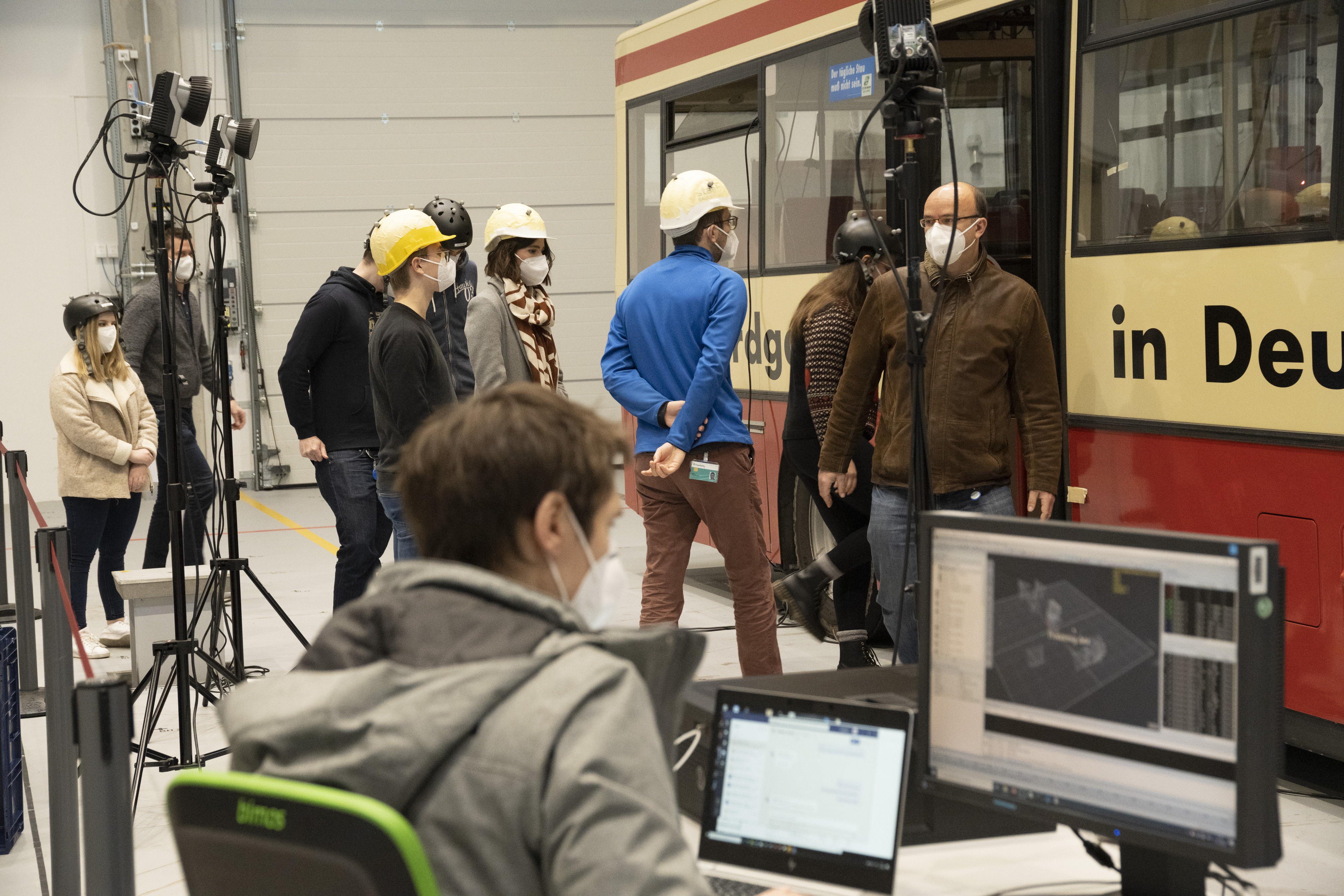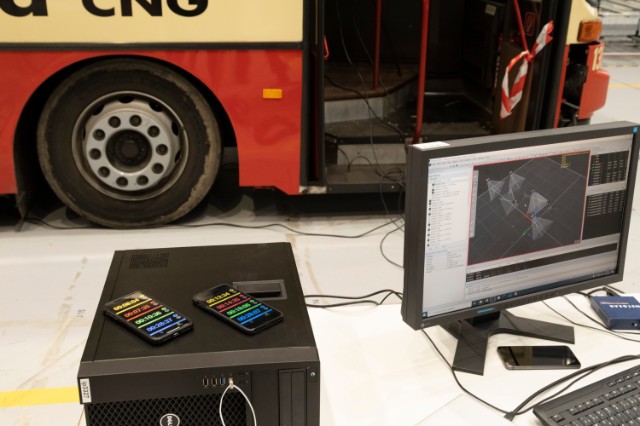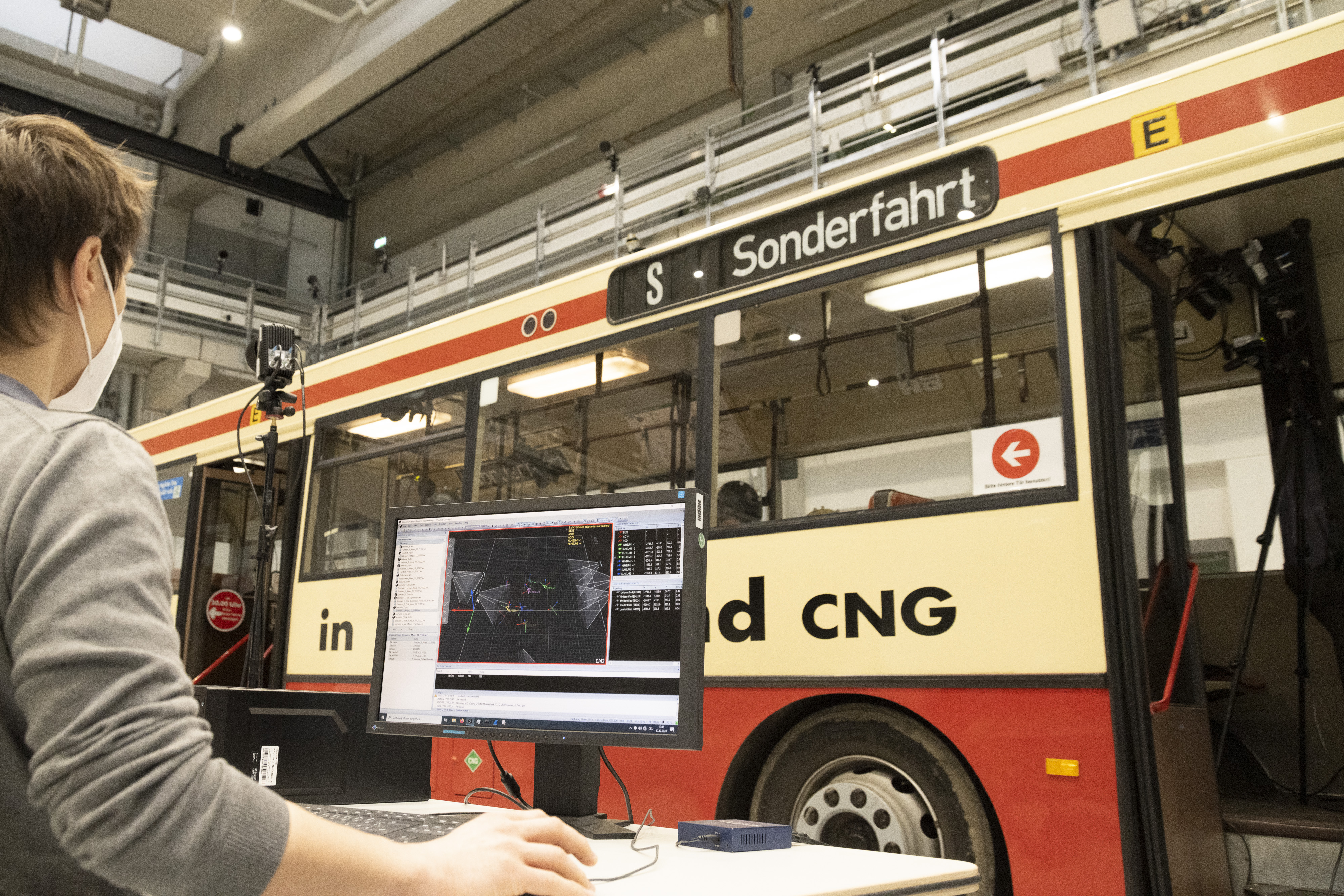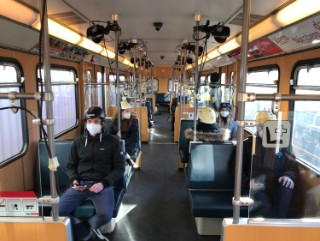Social distancing apps are being used worldwide as an important action for interrupting the existing chains of infection. Since apps with the purpose of tracing contacts are a novelty, it is important to test them carefully for their functionality and effectiveness. In addition, the constantly changing circumstances make it indispensable that new versions with additional functions are being developed and checked accordingly.
In addition to automated crane tests without test subjects in the L.I.N.K. test center of Fraunhofer IIS, so-called role play tests are also being used in the test campaign for the official Corona-Warn-App.



